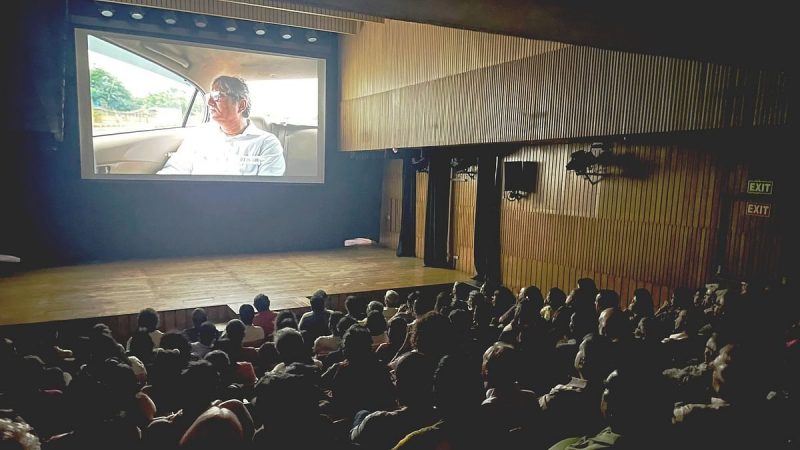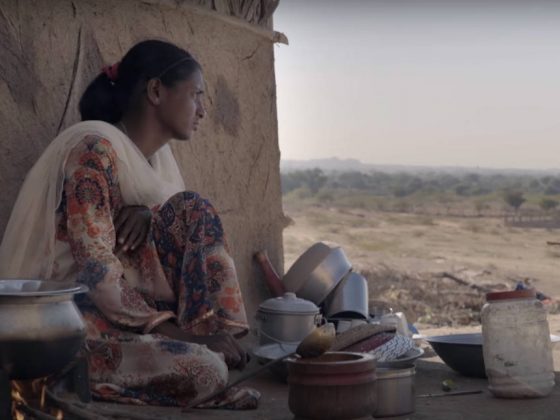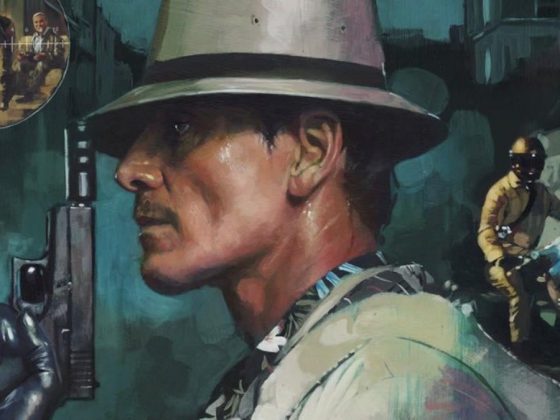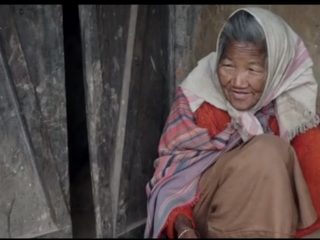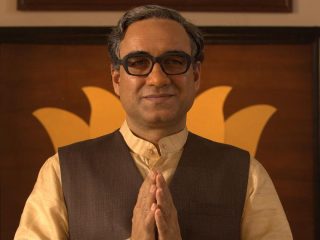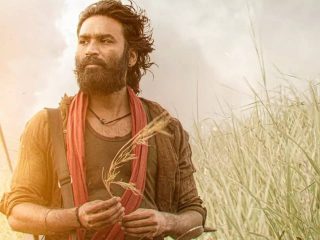In recent years, Indian documentary films have been gaining increasing prominence – not just within the country but across the world. Not only are these films shedding light on lesser-known stories while offering fresh perspectives on important issues, but have also been giving a voice to communities that are increasingly becoming voiceless. With engaging perspectives, striking visuals, and fearless storytelling, Indian documentaries are making their mark on the global stage.
The rise of such films in India has also led to experimentation with various styles and techniques. Sometimes these techniques seamlessly merge the boundaries of non fictional and fictional storytelling (“Senna” and “Ship of Theseus”) while other times they bring the underlying despair of the subjects on to the screen with a piercing melancholia (“The Night of Knowing Nothing”). Regardless, these films have resonated with the audiences worldwide particularly because of them getting selected and screened at various prestigious film festivals worldwide.
The success of two Indian documentaries at the international level last year — Kartiki Gonsalves’ “The Elephant Whisperers” and Shaunak Sen’s “All That Breathes” — marked an essential step in realizing the importance of documentary filmmaking in our country. If there was something different about these two films, as it did seem, it is necessary to understand what that is. Premieres and awards at the top international film festival circuit in the past decade have made the documentary format from our country a hot commodity in world cinema.
Earlier in 2022, “Writing With Fire” by Rintu Thomas and Sushmit Ghosh made its way in the race for the Best Documentary Feature, making it the first-ever for a full-length Indian documentary. While earlier prizes for Indian documentaries had always been won by foreign productions, the steady run of films made by Indian documentary directors in the past seven to eight years has been remarkable.
This year’s documentary line up at the Jio MAMI 2023 featured an exciting catalog of films that weren’t just about providing an urgent roar on the deteriorating sociopolitical landscape of the country. Instead, these films shed the light on the need for ground level reporting in the post truth era. The resounding response from the audience as well as the critics wasn’t just confined to compounding the partisan voices against an apartheid, but about the need for stories that remain a shared reflection of our lived-in realities.
From the best-known documentary filmmakers in the country such as Anand Patwardhan’s (“Jai Bhim Comrade”, “In The Name of God”) deeply personal “The World is Family” to Sarvnik Kaur’s “Against the Tide”, audiences queued up in long lines to watch documentaries on the big screen. While the former used the journey of an aging couple to ruminate on the deeply twisted relationship India has shared with its political leaders since independence, the latter closed into the lives of two fishermen whose lives remain both intertwined and indifferent to this political mayhem.
Similarly, while Nishtha Jain’s exquisitely-shot “The Golden Thread” gave us an insight into the jute industry of Bengal, Vinay Shukla’s resoundingly urgent documentary on Ravish Kumar, “While We Watched”, left people contemplating on just how far we’ve come in dismantling the fourth pillar of our democracy. Concurrently, Gurvinder Singh’s two and a half hours long documentation on the recent farmers’ protest, “Trolley Times”, made a case for just how crucial the medium remains in capturing the scale of civilian protests especially when the mainstream media tries to cover their lenses up.
The most hotly anticipated and interesting entry in the festival, however, remained Vikramaditya Motwane’s venture into documentary filmmaking. “Indi(r)a’s Emergency” used archival footage through the rise and fall of the nation’s third Prime Minister to showcase an important chapter of our history. The nearly two-hour long film used ingenious animation and an effective voiceover to showcase the scale of civil liberties that were curtailed in India during the emergency period.
At a time when new practitioners of documentary filmmaking are left without any sort of backing of state funds (which were previously received from institutions like the Films Division for decades), the possibility of such acclaimed directors stepping into this avenue should drive our attention more to the growing potential of the medium. More and more directors are now turning heads at major festivals for their artistic and aesthetic interventions, which lit up the screen by telling riveting stories about persistence while travelling through the hinterlands of the country.
What has changed, however, is the manner in which the new generation of documentary directors are making artistically inclined movies to obliquely comment on the sociopolitical turmoil of the country. But a film only works if it succeeds in capturing the nuances of such realities on celluloid, and that’s where the process of editing comes in. Despite their largely miniscule budgets, contemporary documentaries have made a way across the world because they remain intimate and personal. As the audience, all we need to do is recognize the growing need for these stories to be told in an age where ground level reporting has practically vanished from the corporate run studios of mainstream news channels. The footfall and the overwhelming support to such films at MAMI 2023 seems to indicate a resounding acknowledgement of this need.

